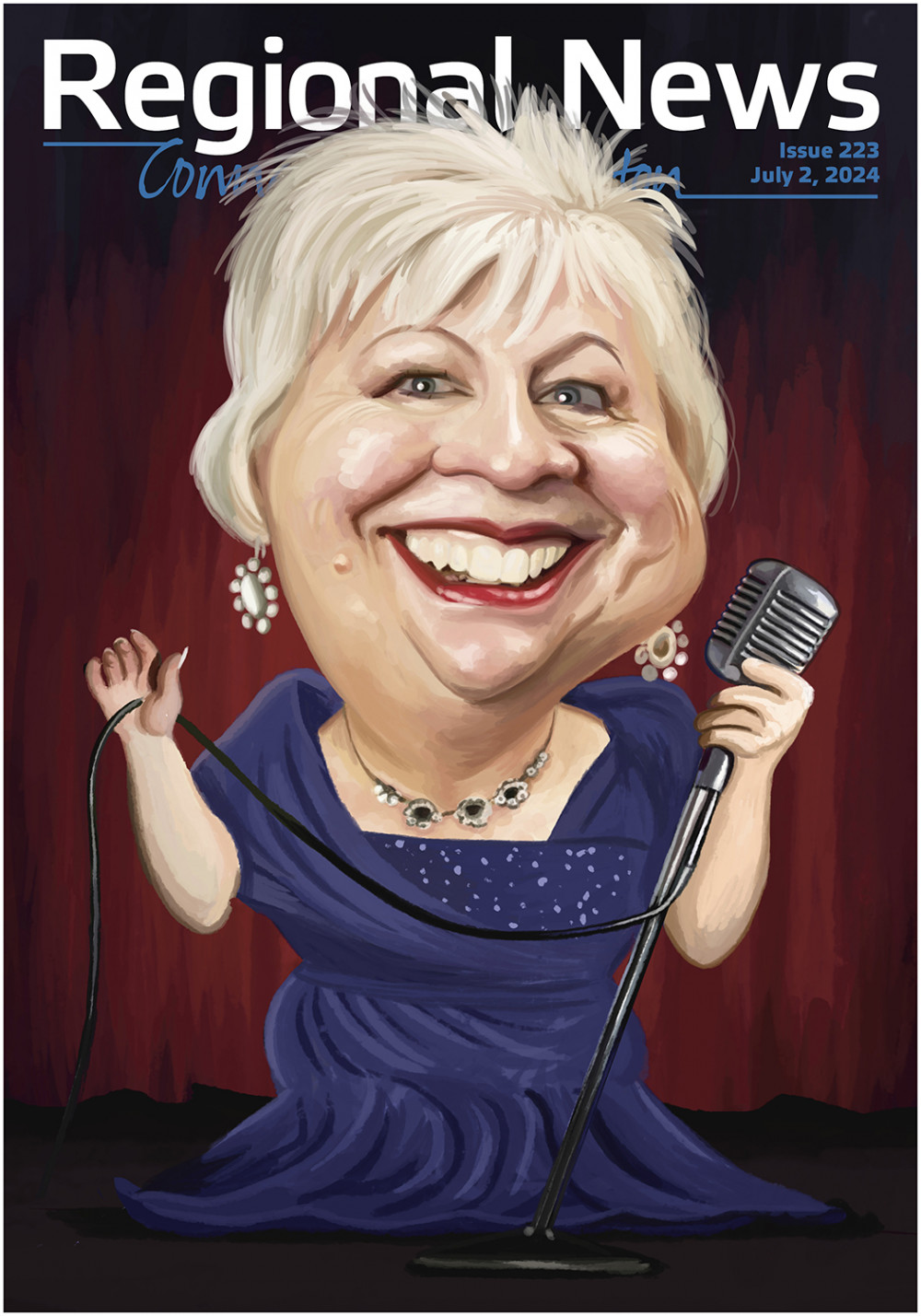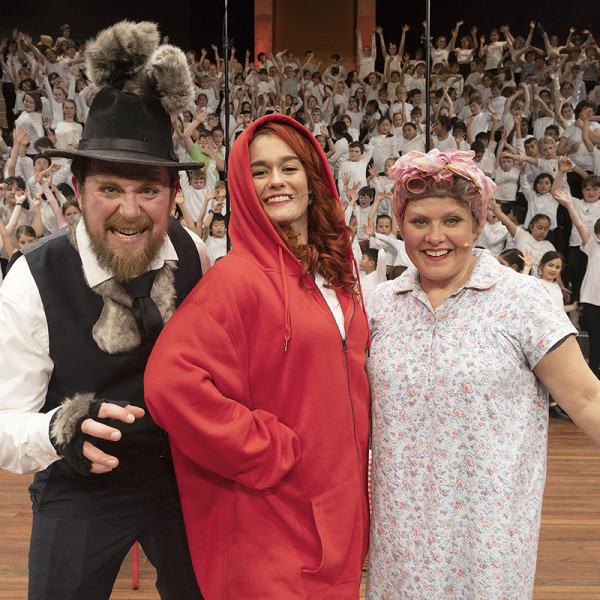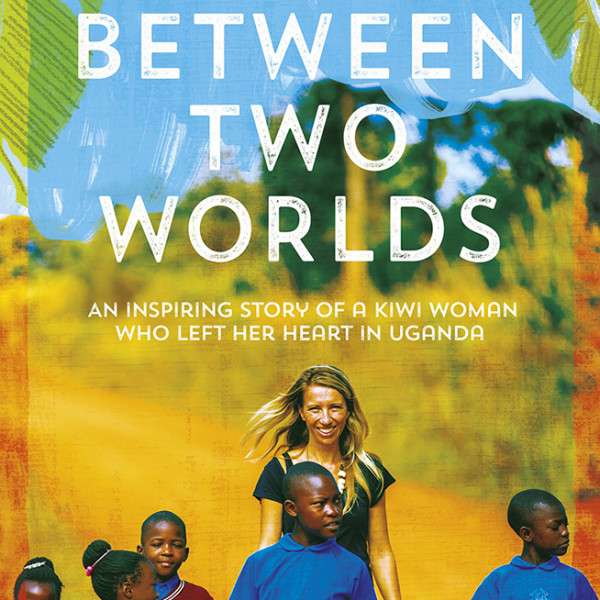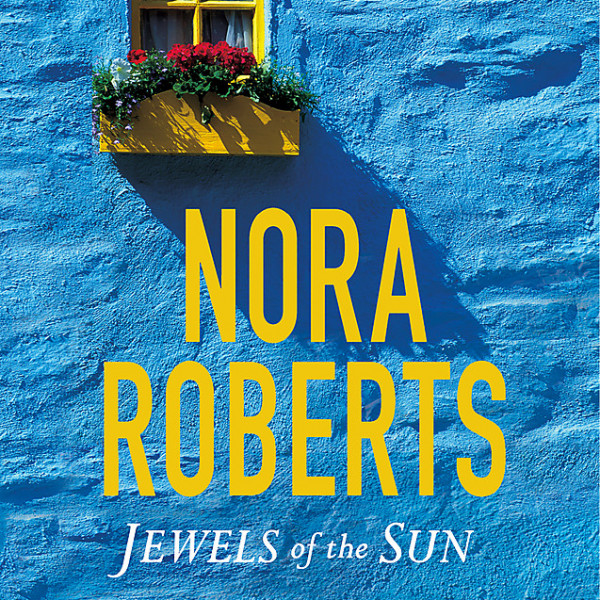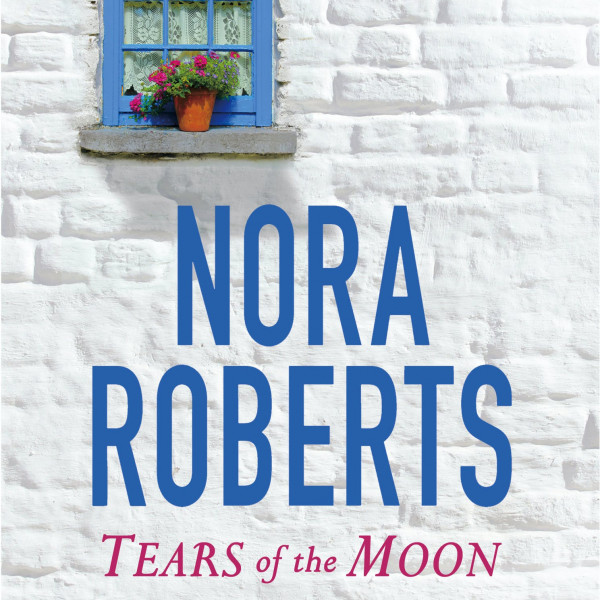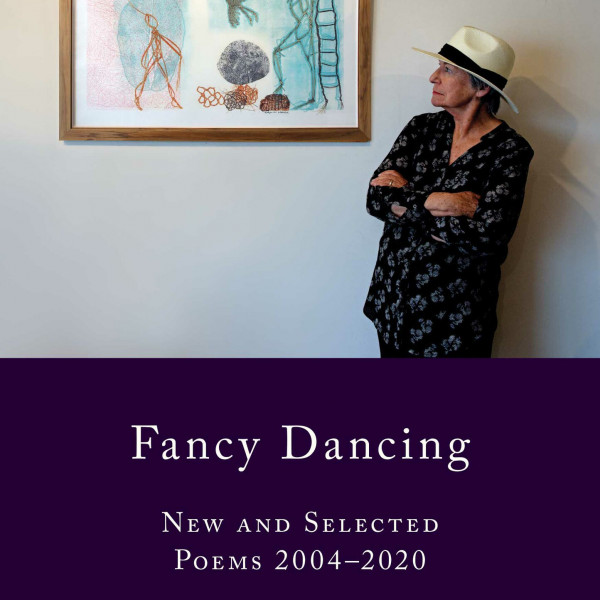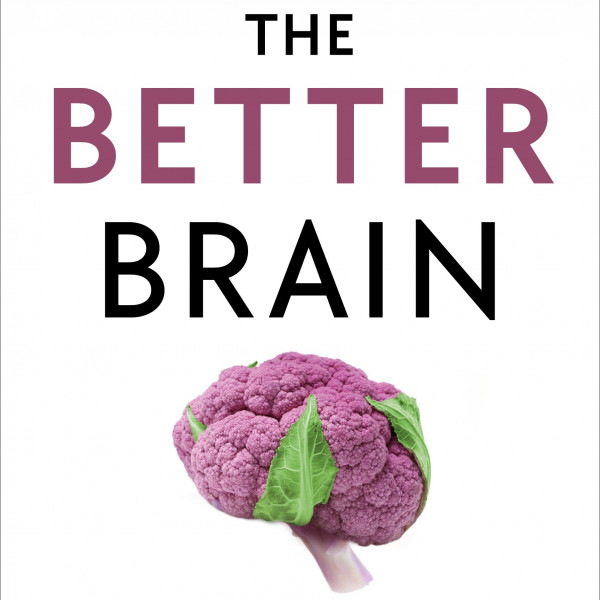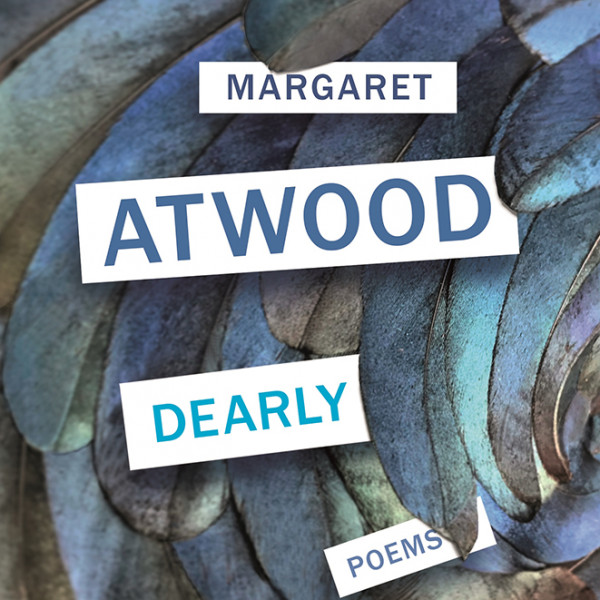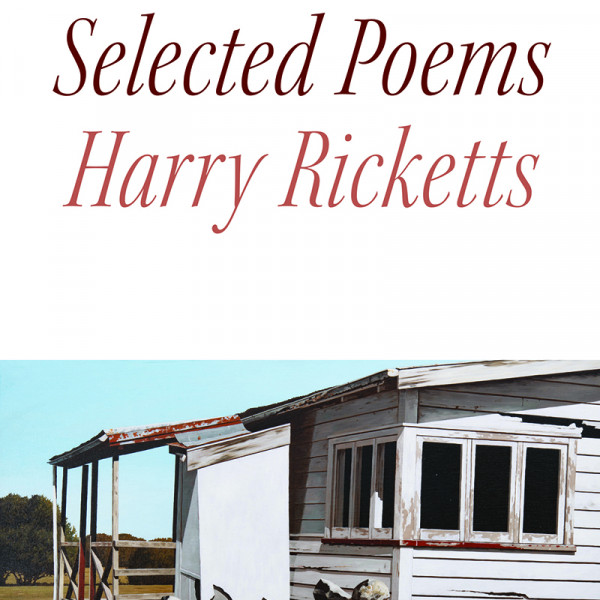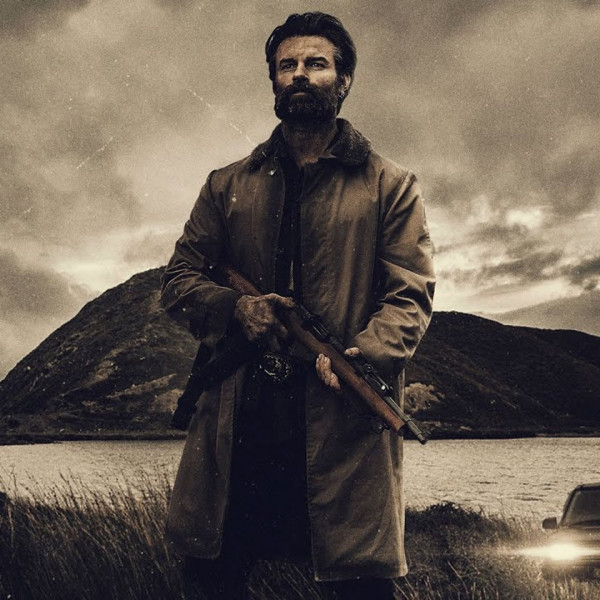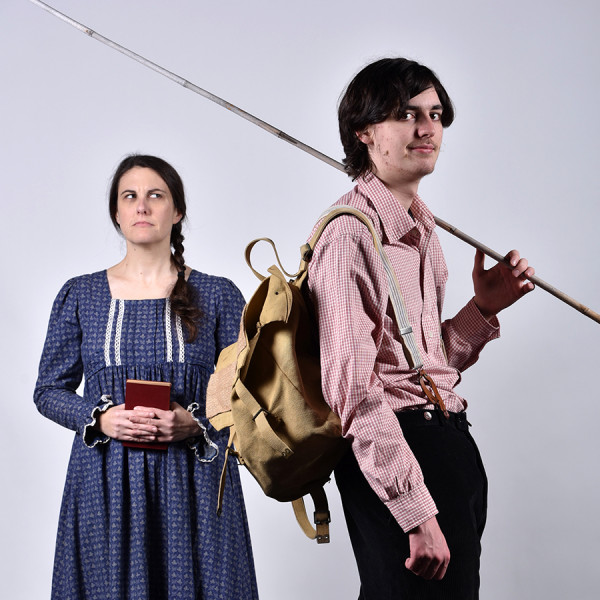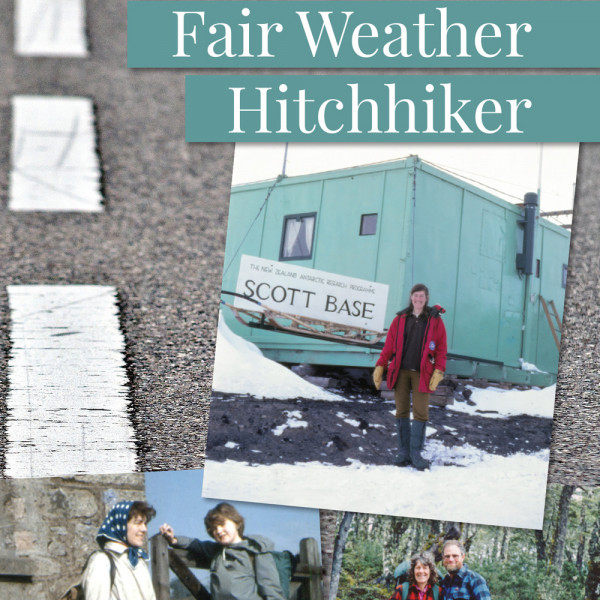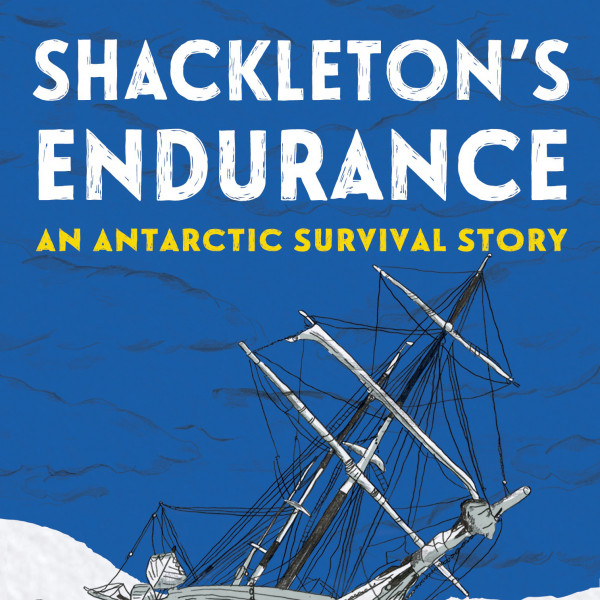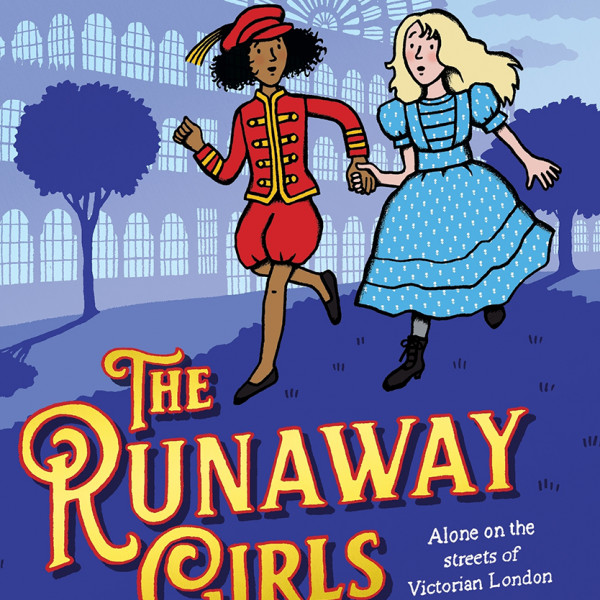
Community Noticeboard
Presented by: Best on Tap
BATS Theatre, 15th Sep 2021
Reviewed by: Tanya Piejus
Community Noticeboard has the dubious honour of being literally the only show in town, thanks to COVID-19. If you can drag yourself off the couch, it’s well worth an hour of your time to head to BATS, join the masked-up and physically distanced audience, and let your mind be absorbed in this beautifully rendered piece of “truth-based, spontaneous theatre”.
The premise is a simple one: take real-life notes found on the community noticeboards at supermarkets throughout Wellington and explore the needs, wants, desires, lives, and relationships behind the notice writers and readers.
This is improv, so a member of the audience is invited pre-show to pick a dozen notices from a bowl and pin them to the board that forms the minimal set, which the actors then choose from and read out to form the basis of each scene. While the detail of the short scenarios is improvised, the flow is structured well to keep it varied and interesting.
The excellent ensemble cast of Best on Tap (Nicola Pauling, Mary Little, Geoff Simmons, Tim Croft, and Barry Miskimmin) creates a stream of poignant and often hilarious mini stories of the human condition from offers of sale as diverse as a train set, silver horseshoe, and Insinkerator. Their talent for instant but genuine characterisation is evident in the diversity and warmth of the relationships they produce from set-ups such as a couple on a first date, a mum and two annoying teenage sons, women bonding over the physical decline of a loved one, and even two fish in a tank being terrorised by a cat.
The action on stage is expertly supported by Matt Hutton and his keyboard and lighting improvisor D' Woods. In one particularly brilliant moment, the lights in the dome respond perfectly to the mimed actions of a young man being taught wiring skills by his dad.
Community Noticeboard runs only until Saturday the 18th of September and ticket sales are necessarily limited. It’s a treat. Don’t miss it.



